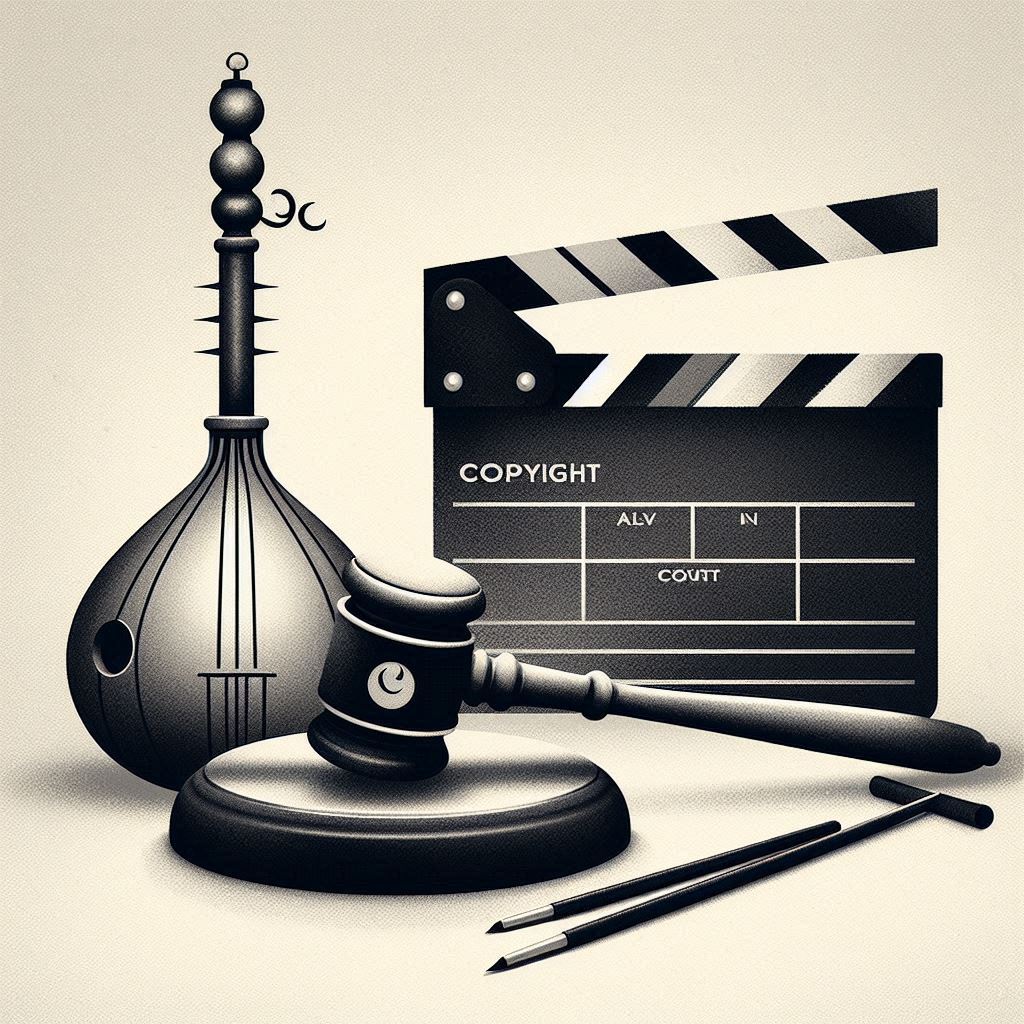
Facts
1. The plaintiff, Ustad Faiyaz Wasifuddin Dagar, a renowned Dhrupad vocalist, claimed copyright over a musical composition titled “Shiva Stuti”, composed by his father and uncle—the Junior Dagar Brothers—in the 1970s.
2. The composition was part of an album “Shiva Mahadeva by the Dagar Brothers” and performed internationally in 1978.
3. Plaintiff alleged that the song “Veera Raja Veera” from the film Ponniyin Selvan 2 (PS-2), composed by A.R. Rahman and sung by his disciples (Defendants 5 & 6), copied the “Shiva Stuti” without permission or attribution.
4.Plaintiff sought an injunction, claiming copyright infringement and violation of moral rights, and requested acknowledgment in the film credits and removal of the song or fair compensation.
Issues
1. Whether “Shiva Stuti” qualifies as an original musical work eligible for copyright protection.
2.Whether “Veera Raja Veera” infringes upon the copyright of “Shiva Stuti”.
3. Whether the plaintiff is entitled to an injunction or any other relief.
Law Points
The case was adjudicated under the Copyright Act, 1957, specifically:
Section 2(p): Defines a “musical work” as a work consisting of music, including graphical notation, but excluding lyrics or actions intended to be sung or performed with the music. This allows for copyright protection of musical compositions independent of lyrics.
Section 57: Recognizes the moral rights of authors, including the right to paternity (acknowledgment) and integrity (protection against distortion).
Judicial Precedents:
a. Ram Sampath v. Rajesh Roshan (2008 SCC OnLine Bom 370): Established that copying the “soul” of a composition, even a small but substantial part, constitutes infringement.
b. Sulamangalam R. Jayalakshmi v. Meta Musicals (2000 SCC OnLine Mad 381): Reinforced that partial copying of an original work can be injuncted.
c. Francis Day and Hunter Ltd v. Bron (1963 Ch 587): Emphasized that the ear, not the eye, is the principal judge in music copyright cases, focusing on aural similarity for lay listeners.
d. Suresh Jindal v. Rizsoli Corriere Della Sera (1991 Supp (2) SCC 3): Highlighted the importance of acknowledging creative contributions, as monetary damages may not suffice for moral rights violations.
e. Neha Bhasin v. Anand Raaj Anand (2006) 132 DLT 196: Affirmed the right to proper credit for creative contributions.
f. Zeppelin – test for protectable musical elements and public domain limitations.
Relief
The court granted interim relief, balancing the plaintiff’s rights with the film’s widespread release. It ordered:
Credit Amendment: The existing credit slide on OTT and online platforms, stating “Composition based on a Dagarvani Tradition Dhrupad,” must be replaced with: “Composition based on Shiva Stuti by Late Ustad N. Faiyazuddin Dagar and Late Ustad Zahiruddin Dagar.”
Monetary Deposit: Defendants 1 to 3 (A.R. Rahman, Madras Talkies, Lyca Productions) must deposit Rs. 2 crores in a Fixed Deposit with the Registrar General, subject to the suit’s final outcome.
Costs: Defendants 1 to 3 to pay Rs. 2 lakhs in costs to the plaintiff within four weeks.
The court declined to restrain the song’s use, citing disruption to the acclaimed film and composer, but emphasized the importance of recognizing the Junior Dagar Brothers’ moral and creative rights.
Conclusion
The Delhi High Court’s decision in Ustad Faiyaz Wasifuddin Dagar v. A.R. Rahman & Ors. underscores the protection of original musical works in Hindustani classical music under Indian copyright law. By recognizing Shiva Stuti as an original composition and finding infringement in Veera Raja Veera, the court affirmed that even within the structured framework of Ragas, creative arrangements can be copyrighted. The interim relief granted—amended credits, monetary deposit, and costs—balances the plaintiff’s moral and proprietary rights with the practical realities of a released film.
Case – Ustad Faiyaz Wasifuddin Dagar v. A.R. Rahman & Ors. , CS(COMM) 773/2023 [Decided on 25th April 2025]






Leave a Reply